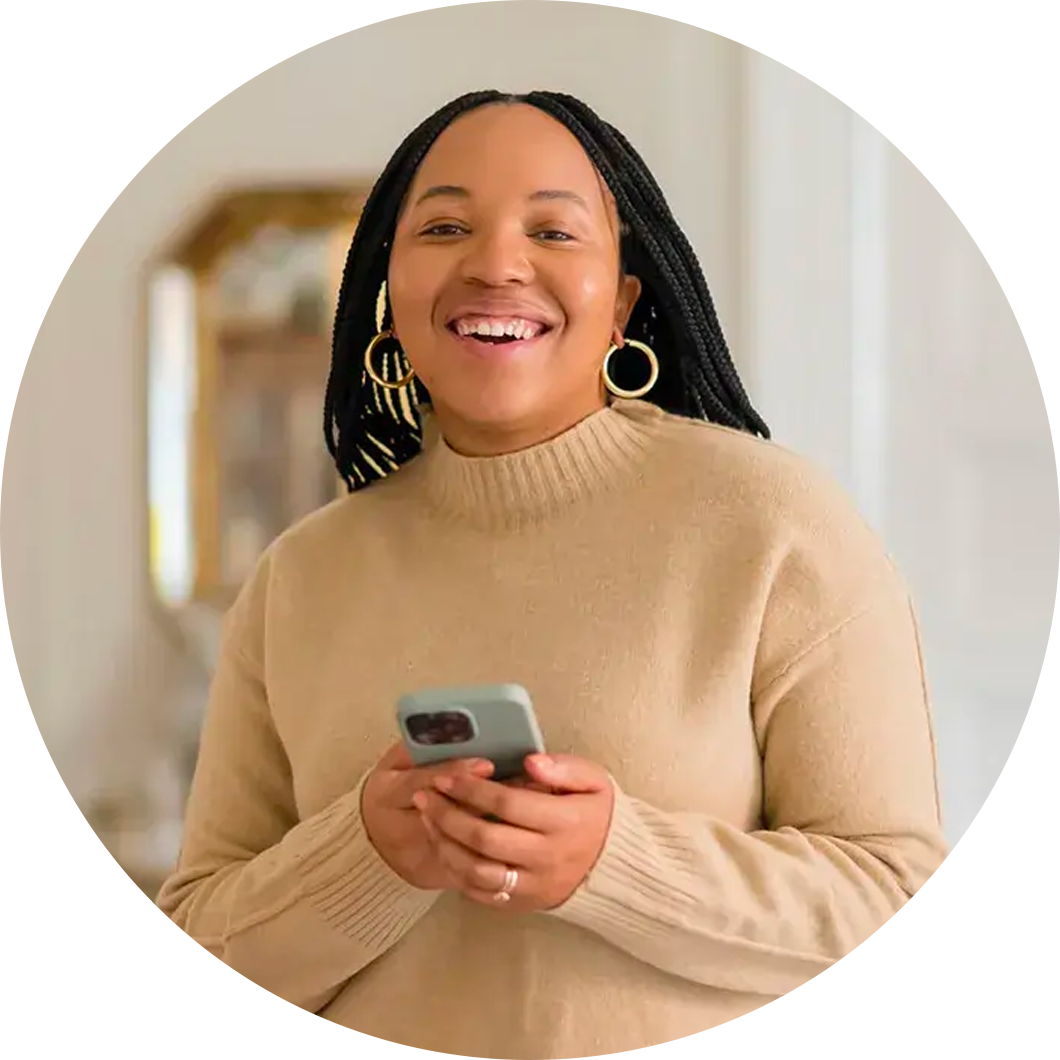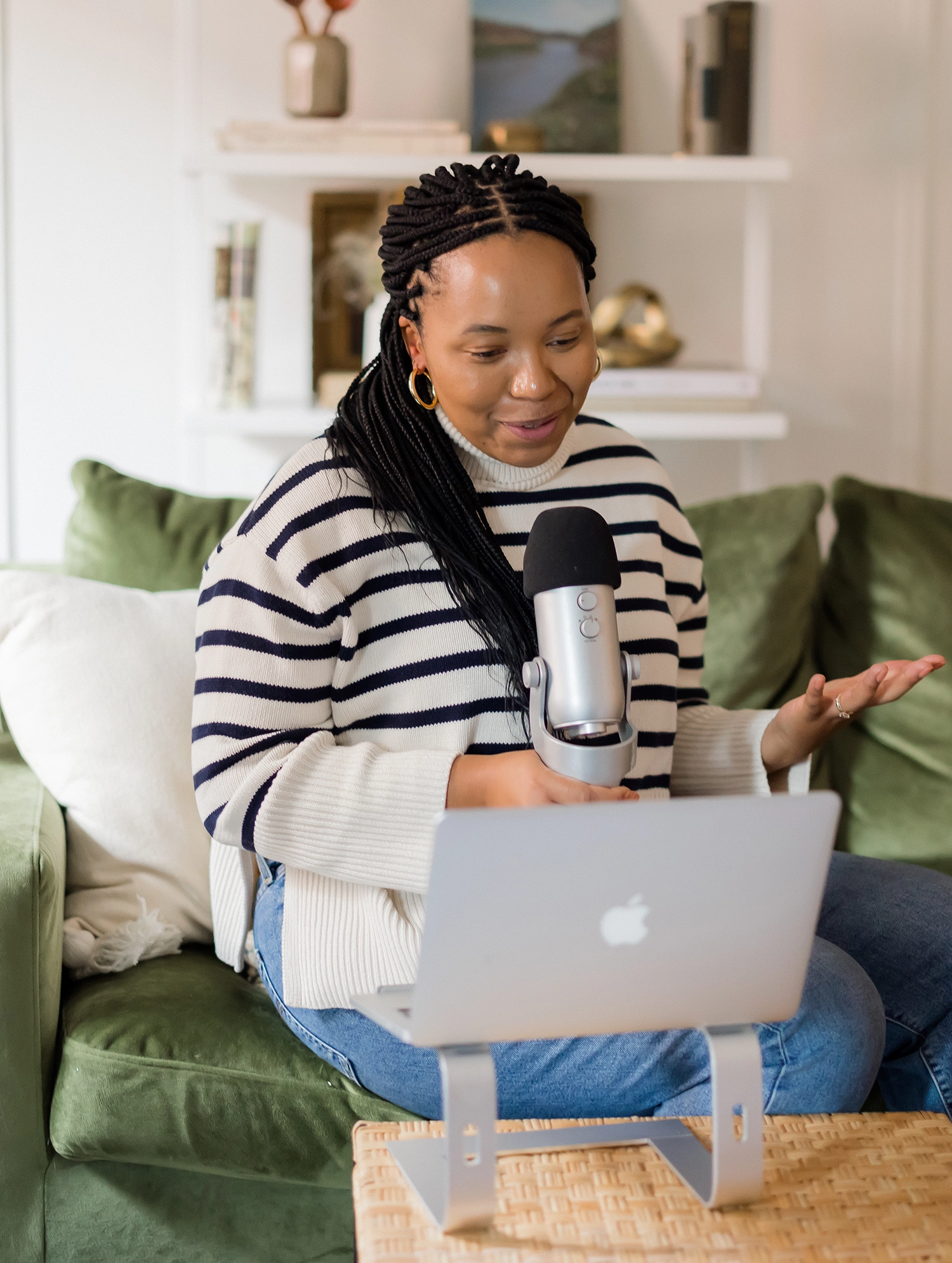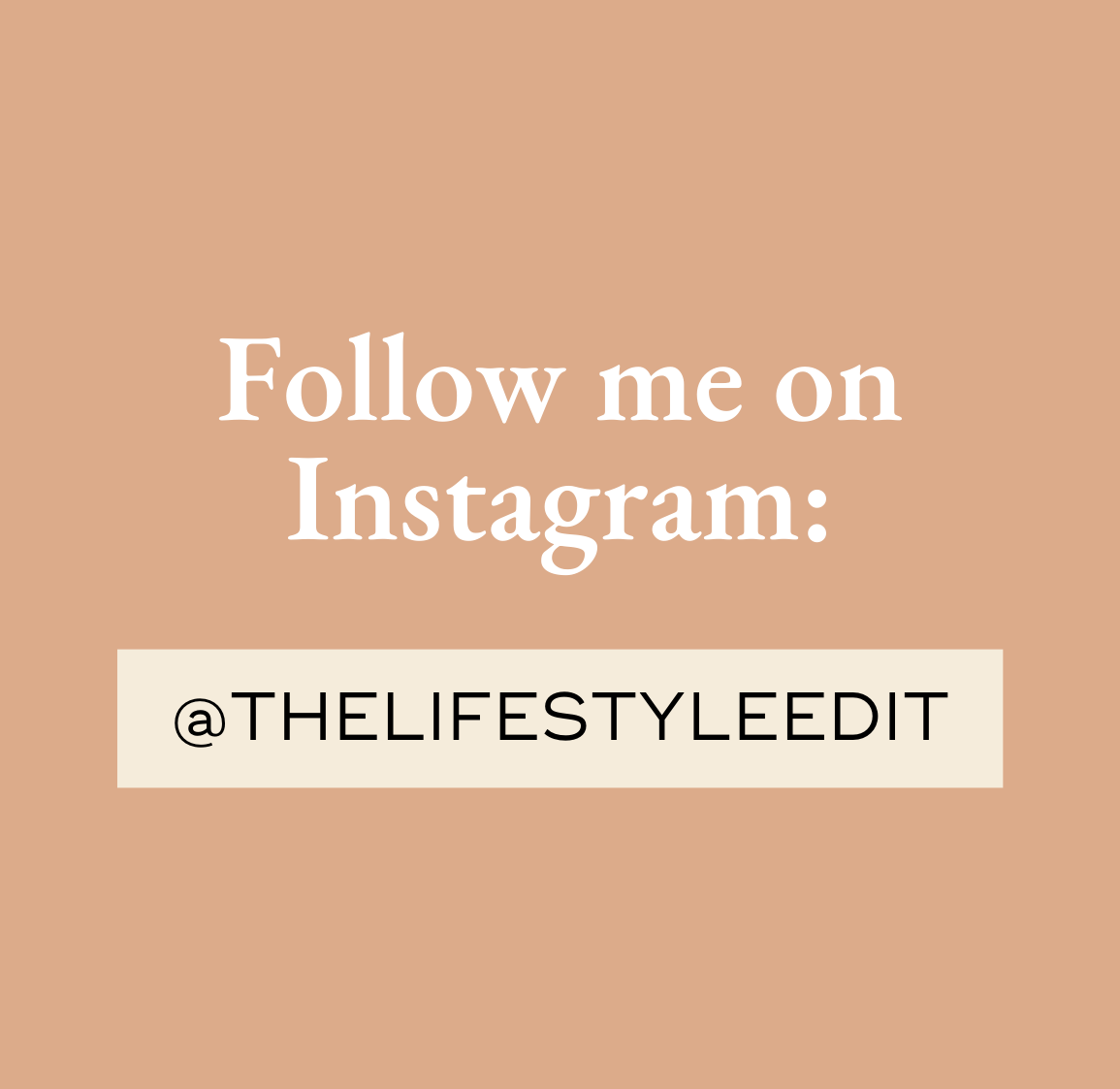This is exactly what it is and how you use it to consistently attract and convert your ideal clients.
When it comes to growing your coaching business, having a sales funnel is essential. But if you’re wondering, “What does a coaching funnel actually look like?” you’re not alone.
Many coaches struggle with visualizing how their potential clients move from learning about them to finally signing up for their programs.
In this blog, I’ll break down what a coaching funnel looks like and how you can create one that consistently attracts and converts clients.
Why Do You Need a Sales Funnel for Your Coaching Business?
A coaching sales funnel isn’t just a marketing tactic; it’s the backbone of a sustainable, scalable business. Without a funnel, you’re leaving your client acquisition to chance, relying on inconsistent marketing or word-of-mouth referrals. A funnel helps you automate the process of attracting leads, building relationships, and converting them into paying clients—so you can focus on delivering your best coaching instead of constantly hustling for new business.
Key Elements of a Coaching Sales Funnel
Before diving into specific stages, it’s important to understand the key elements that make up any successful coaching funnel:
- Lead Generation: The process of attracting cold traffic and turning them into leads.
- Nurturing: Building relationships with your leads by providing value, educating them, and building trust.
- Conversion: Turning nurtured leads into paying clients by presenting an irresistible offer.
These three elements work together to guide your potential clients from discovery to decision-making.
Stage 1: Awareness – Capturing Attention
The first stage of any funnel is Awareness. This is where you capture the attention of your ideal clients. For coaching businesses, this often means creating lead magnets—free resources such as eBooks, checklists, quizzes, or webinars that provide value to your audience.
Lead magnets are designed to solve a small problem for your ideal client while positioning you as an expert. Once they opt-in for the freebie, they enter your funnel and become a lead.
Stage 2: Nurturing – Building Relationships and Trust
Once someone has entered your funnel, the next step is Nurturing. This is where you build a relationship with your leads by consistently delivering value. Whether through email sequences, blog posts, or other content, this stage is about proving that you understand their challenges and can offer real solutions.
For coaching businesses, nurturing can also involve educational content, free workshops, or sharing testimonials from successful clients. The goal is to establish trust, making it clear that you’re the coach who can guide them toward their desired transformation.
Stage 3: Conversion – Turning Leads into Clients
The final stage of a coaching funnel is Conversion. This is where you offer your services and convert leads into paying clients. Whether through a sales page, discovery call, or an application process, this is the point where the lead decides to invest in your coaching.
Coaching funnels often include a few key components at this stage:
- Testimonials: Social proof showing how you’ve helped others achieve results.
- Limited-Time Offers: Creating urgency can prompt action.
- Clear Call to Action: Whether it’s signing up for a consultation or purchasing a program, the next step should be clear and simple.
To help your leads make a confident decision, you can also offer clarity sessions or webinars that address their questions and showcase how your coaching program delivers results. If you want to add clarity to your funnel, consider using a Strategic Planning Roadmap to ensure your funnel is aligned with your goals.
Examples of Coaching Funnels in Action
Let’s take a look at a few examples of effective coaching funnels:
- Lead Magnet to Email Sequence to 1:1 Discovery Call
This classic funnel starts with a free lead magnet. After the lead opts in, they receive an automated email sequence that delivers value and invites them to book a 1:1 discovery call. This funnel works especially well for high-ticket coaching offers. - Webinar to Sales Page to Group Coaching Program
In this funnel, the lead signs up for a free webinar where you deliver valuable training. At the end of the webinar, you invite them to join your group coaching program by directing them to a sales page. - Quiz to Email Sequence to Course Purchase
This funnel is great for digital products or courses. The lead takes a quiz to find out their unique challenge or need, receives personalized content through an email sequence, and is eventually directed to purchase a course that addresses their challenge.
How to Customize a Funnel to Your Coaching Business
Every coaching business is different, and your funnel should reflect your unique services and client journey. Here are a few tips for customizing a funnel to suit your coaching business:
- Understand Your Audience: The more you understand your ideal clients’ pain points, the better you can create lead magnets and content that speak directly to their needs.
- Tailor Your Nurturing Strategy: Are your clients more likely to engage with email sequences, webinars, or free challenges? Choose the format that resonates most with them.
Offer High-Value Content: Whether you’re nurturing via email, webinars, or workshops, make sure you’re off
Start Building Your Coaching Funnel Today
A coaching funnel isn’t just a marketing tool—it’s an essential part of growing a sustainable coaching business. By creating a funnel that captures attention, builds relationships, and converts leads into clients, you’ll ensure that your business consistently attracts the right people.







